Last week’s inaugural face-to-face meeting between Donald Trump and Xi Jinping unfolded amidst a backdrop widely considered unique: Whereas Trump’s America appears to be ceding leadership and credibility in international issues areas from climate change to global trade, Xi is stepping forward to “play the role of global adult.” The prospect of retrenchment by Washington offers Beijing further opportunity to expand its leadership credentials.
While Trump’s snap decision to authorize a missile attack against Syria may have briefly interrupted the gathering momentum, the two-day summit nevertheless reinforced the narrative that China is increasingly capable of assuming a greater leadership role. Beijing offered no substantive concessions despite U.S. pressure, and photographs of Xi appearing calm and sitting upright next to a slouching Trump appeared prominently in Chinese newspapers and other media sources. The image of Xi as a “globe-trotting statesmen” only burnishes his nation’s leadership credentials.
Global leadership is of course more than composure and good posture. In a recent report published by the Brookings Institution’s Project on International Order and Strategy, we examine a new facet of China’s growing leadership role: the creation of new international institutions, in particular the Asian Infrastructure Investment Bank (AIIB). We ask, what is the logic of China’s emerging “institutional statecraft”?
Respect, reject, or build anew
More so than ascending great powers of centuries past, rising China faces an existing international order that is highly institutionalized. Multilateral institutions were a foundational pillar of the post-war international system, a system that has contributed significantly to states’ security, stability, and economic development. The current liberal international order is not, however, a single entity but a complex and multilayered network of rules, norms, and institutions. All states, even the United States as leader, can and have selectively chosen to participate in, ignore, or oppose aspects of it.
While “liberal internationalism” writ large may be difficult to overturn, rising powers like China enjoy a spectrum of strategic options regarding how to approach individual institutions within the system. At one end of the spectrum, where China’s interests are broadly consistent with institutional rules and structures, we expect participation that is broadly system-respecting—one example is Beijing’s participation in the World Trade Organization. A related strategy also essentially respects status quo institutions but sees the rising power pursue greater authority over decisionmaking processes—as seen through Beijing achieving greater voting power in the International Monetary Fund.
Where China’s interests are at odds with existing institutions, it may choose to act from within, using its membership to alter, impede, or contain the pursuit of undesirable rules, practices, and norms. For example, one emerging norm China has accepted is the “Responsibility to Protect” (R2P); however, Beijing has also acted to limit R2P’s definition and usage. Alternatively, China may simply choose to ignore and/or oppose the institutional framework in a given issue area outright, and simply act outside—and likely in violation of—the established system. Dismissing international legal pronouncements on the status of features in the South China Sea would fall into this category.
A final option—and the major focus of our report—is where a rising power elects to build a new institution, as Beijing has done with the AIIB. New institutions can serve multiple strategic objectives. They offer an alternative node of interstate cooperation, potentially providing services in competition with existing institutions. Second, they offer a new instrument of statecraft through which the rising power uses its authority to build bilateral or multilateral influence. Third, the new institution offers a means to challenge and potentially replace two components of the existing order within the specific policy domain: the authority and leadership of dominant state, and the prevailing rules and norms within the issue area. Such a challenge is the most direct form of what we term “counter-hegemonic institutional statecraft.”
The creation and early operations of the AIIB have received significant attention. The AIIB offers the opportunity to extend Chinese commercial interests throughout the region, bolster Beijing’s influence over recipient countries, enhance Chinese regional and perhaps global leadership status, and may well offer the Chinese government leverage to push for reforms of existing multilateral institutions. But does the AIIB presage a “potential vanguard of an alternative economic world order”?
Opportunities and limits
From the perspective of the United States, China’s institutional statecraft poses three challenges. In a narrow sense, China’s record of bilateral development lending suggests the AIIB may build pressure for changes to the rules, practices, and norms of development finance that are at odds with the standards developed within the Bretton Woods framework. The AIIB could also alter the institutional balance of power within this issue area if existing institutions like the World Bank and Asian Development Bank recede in importance.
In a broader sense, the AIIB could alter the balance of power between the United States and China if it is able to raise real doubts among the international community regarding whether the U.S.-created system is best able to meet states’ needs—or whether a Chinese model of international political economy (some kind of “Beijing consensus”) can do better.
[I]t simply is not in China’s interests to radically upend an order that has, to a significant extent, served its interests so well in recent decades.
Yet early evidence already highlights the constraints China faces in building new institutions. Non-coercive regimes require buy-in from participating states, and the price of legitimacy is multilateralism. The rush of European governments to join the AIIB came with their assurances that they would preserve best practices, and further saw Beijing agree to reduce its formal voting authority. Global financial markets are another constraint—like the World Bank, the AIIB is funding its loans by itself selling debt. Loans for projects that are opaque, politically motivated, or fall short of best practices are less likely to be repaid, and would raise AIIB’s future cost of financing. Finally, at the broadest level, the entrenched nature of liberal internationalism means that, short of major war, alternative orders must “out-compete” by providing states with greater functional benefits and/or enhanced legitimacy. It is far from clear how either could be achieved.
Perhaps most importantly, it simply is not in China’s interests to radically upend an order that has, to a significant extent, served its interests so well in recent decades. Indeed, Beijing typically positions itself as a stout defender of Westphalian sovereignty and the United Nations. Furthermore, amid Trump’s nationalist economic rhetoric, Xi has personally defended the free trade system. Trump’s seeming hostility to liberal internationalism may require China to become one of the biggest champions of the status quo over the next few years. This would be leadership, though perhaps not what one might have predicted prior to the 2016 US election. Nevertheless, where Beijing views the existing institutional framework as harmful to its interests, strategies of institutional statecraft designed to modify, undermine, or avoid the current order will now have greater prospects for success.
The Brookings Institution is committed to quality, independence, and impact.
We are supported by a diverse array of funders. In line with our values and policies, each Brookings publication represents the sole views of its author(s).

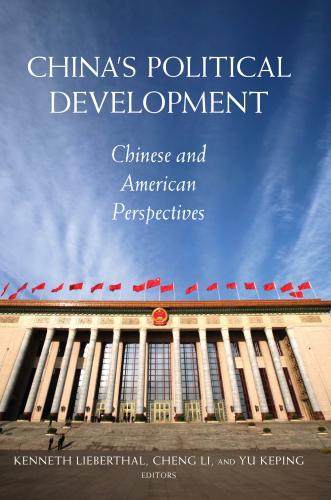
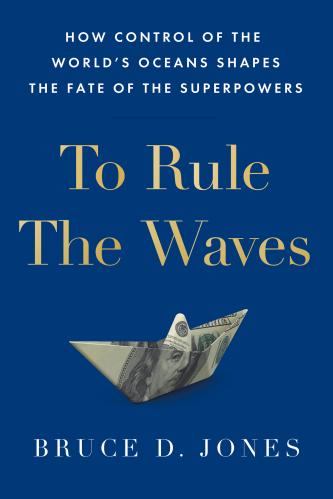
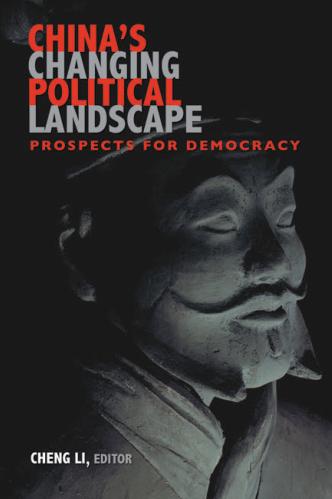
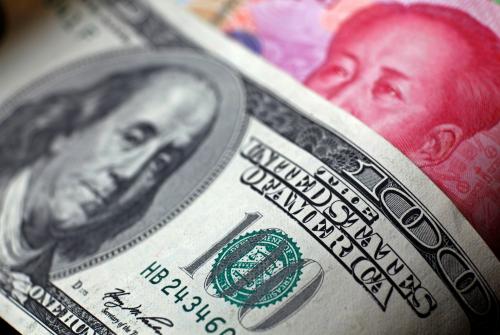




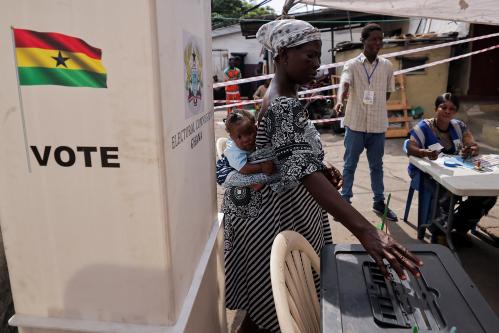
Commentary
What China’s institutional statecraft could mean for the international order
April 13, 2017